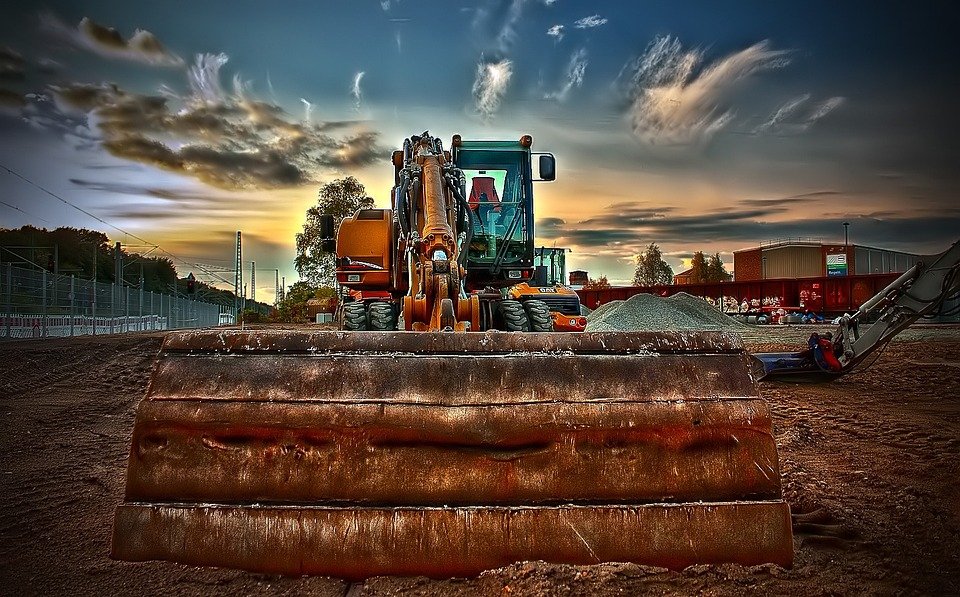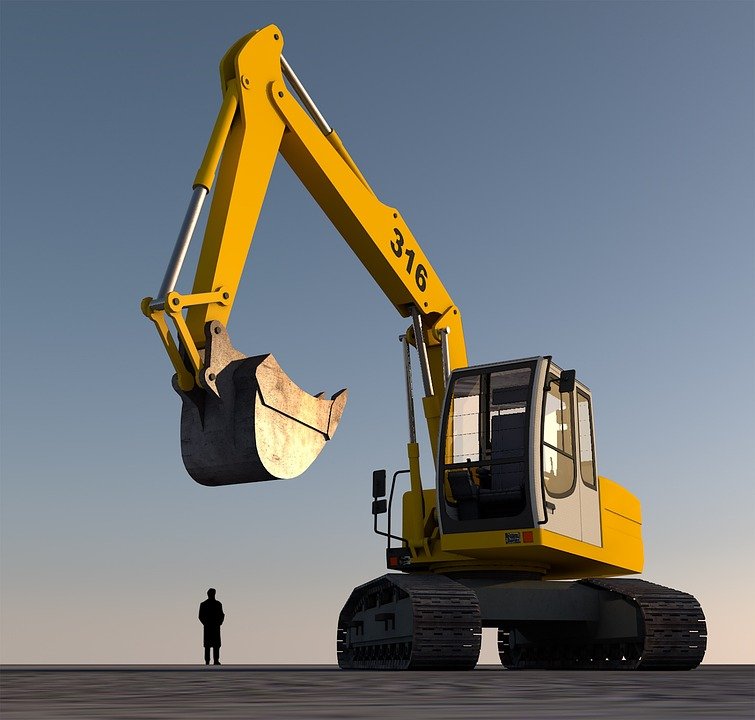[ad_1]
How to Design and Implement a Successful Drainage System
Drainage systems are an essential component of any modern city, allowing for storm and wastewater to be safely disposed of while preventing flooding and other environmental damage. Designing and implementing a successful drainage system requires careful consideration of a variety of factors, from the local environment and the local infrastructure to the cost and maintenance requirements. In this article, we’ll discuss how to properly design and implement a successful drainage system.
Evaluate the Environment
The first step in designing and implementing a successful drainage system is to evaluate the local environment. Different areas have different needs when it comes to drainage, and it’s important to understand how the local terrain, soil type, and other environmental factors can affect the design and implementation of the system. This will also allow you to identify any potential challenges or obstacles that may need to be addressed in order for the system to be successful.
Consider the Local Infrastructure
Once you have an understanding of the local environment, you’ll need to consider the local infrastructure. This includes any existing drainage systems, roads, buildings, and other features that may need to be taken into account when designing and implementing the system. It’s important to understand how the local infrastructure may affect the drainage system, as well as any potential benefits or drawbacks that need to be accounted for.
Analyze Cost and Maintenance Requirements
The cost and maintenance requirements of a drainage system are two of the most important factors to consider when designing and implementing a successful system. This includes evaluating the costs associated with materials, labor, and other expenses, as well as any potential maintenance requirements that may need to be addressed. It’s important to understand how much the system will cost and how much maintenance it will require in order to ensure that it is a successful system.
Choose the Appropriate System Design
Once you have evaluated the environment, local infrastructure, and cost and maintenance requirements, you’ll need to choose the appropriate system design. This includes selecting the right materials, layout, and other factors that will ensure the system is successful. It’s important to choose a system that is suitable for the local environment and one that can handle the local infrastructure and cost and maintenance requirements.
Implement the System
Once the system design has been chosen, you’ll need to implement the system. This includes laying the pipes and installing any other components that are required for the system to be successful. It’s important to ensure that the system is properly installed in order for it to be successful.
Test and Monitor the System
Finally, it’s important to test and monitor the system once it has been implemented. This includes testing the system to make sure it is functioning properly and monitoring it to ensure that it is not causing any environmental damage or other issues. It’s also important to understand how the system is performing and make any necessary adjustments to ensure that it is successful.
Conclusion
Designing and implementing a successful drainage system requires careful consideration of a variety of factors. It’s important to evaluate the local environment and infrastructure, analyze cost and maintenance requirements, choose the appropriate system design, and implement and test the system. By following these steps, you can ensure that your drainage system is successful and meets the needs of your local environment.
[ad_2]


